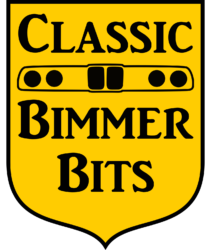 During the 8 years (1984-1992) that BMW produced the E30 for the US market, over 2.3 million cars were produced, across a dozen model variants. As a newcomer to the E30 world, or as an old hand looking to pick up another, how can you make sure you’re getting the right E30 for you? Today on the Classic Bimmer Bits blog, we’ll try to give you a run-down of the various E30 models available, so you can make the right decision.
During the 8 years (1984-1992) that BMW produced the E30 for the US market, over 2.3 million cars were produced, across a dozen model variants. As a newcomer to the E30 world, or as an old hand looking to pick up another, how can you make sure you’re getting the right E30 for you? Today on the Classic Bimmer Bits blog, we’ll try to give you a run-down of the various E30 models available, so you can make the right decision.
In this post, we’re only going to consider North American models of the E30. For the European and Asian markets, several other variants were available, and some features, such as bumpers, were different even on the same models. But that’s a whole topic by itself, one that we’ll dig into it in a future post. For today we’ll stick with the models readily available to the North American buyer.
The Basics
Before diving into specific models, there are some general model similarities and differences to consider. The E30 body is shared across all models except the 325ix and M3. That means that in general, you can swap most non-engine parts between any two E30 models (considering model year changes across the board, and 2-door vs. 4-door differences). A great resource for comparing part numbers across models is RealOEM.com. This site is helpful for E30 owners in general, with clickable BMW parts diagrams for all models and years.
E30’s were available in both 2-door coupe and 4-door sedan versions, with some exceptions. The M3 and convertible only came as 2-doors, as did the 325ix for the first year of it’s production, 1988. Most parts are the same across both door variants, with some obvious exceptions such as door cards, side windows, etc. There are also some more subtle differences, like seatbelts, carpets, and seats.
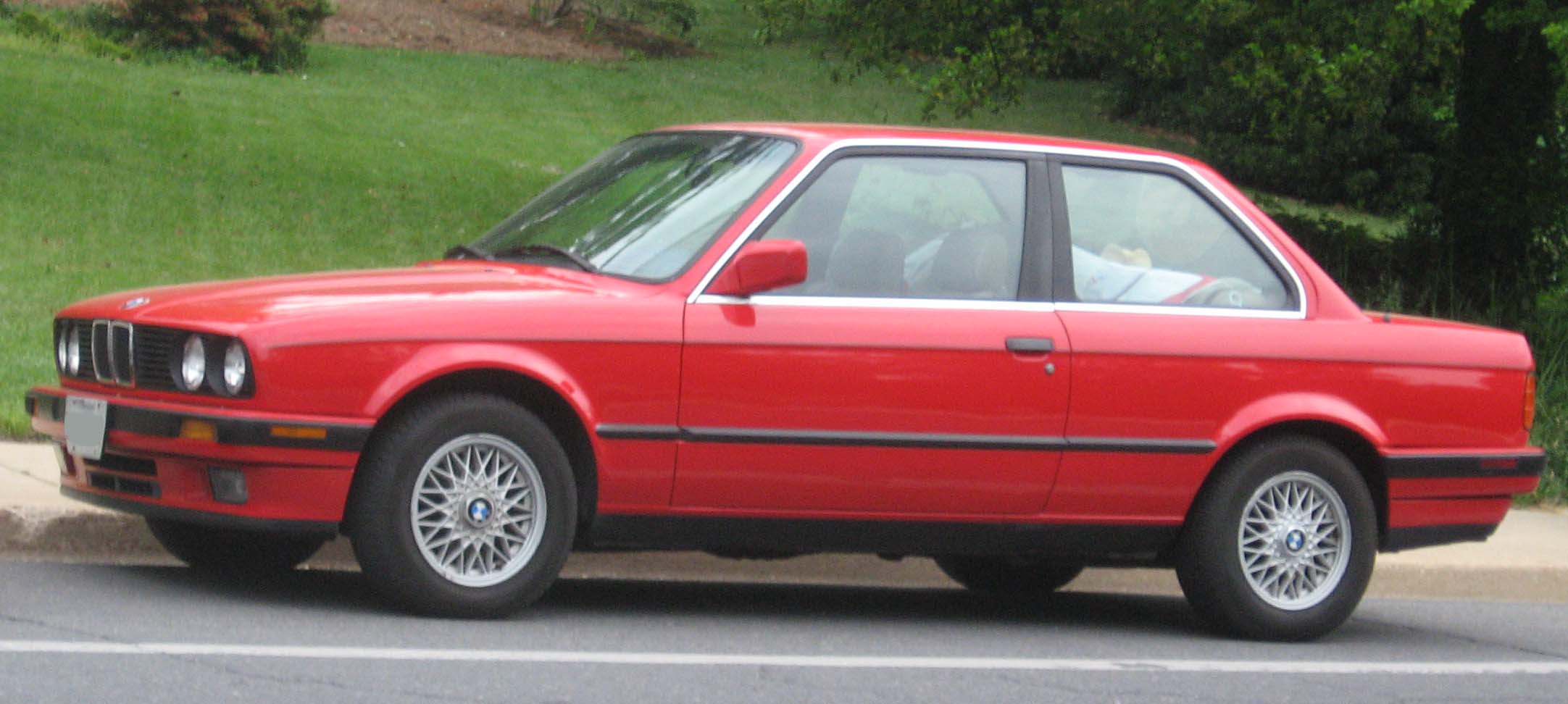
E30’s fall into two families, the 318’s and 325’s, the primary difference being the engine. All 318’s were equipped with an inline 4-cylinder, 1.8L engine, although that engine changed models during the car’s lifetime (more on that below). 325’s all came with variants of the M20 engine, an inline 6-cylinder, that varied both in displacement and output across 325 models.
During the 88 model year, the E30 got a facelift. This means that some body parts are not interchangeable between “early” and “late” cars. The most significant changes were: lower wheel arches, modified rear valance, and body-colored bumpers instead of the metal “diving boards” of earlier years. The gas tank was also enlarged from 14.5 to 16.6 gallons. There were several other changes, such as larger rear brakes and swaybars, but these changes are easy to upgrade from early to late versions.
Later years of some E30 models were available in “sport” versions, indicated by an “s” appended to the model name, such as 325is, 318is, etc. The “s” badge denoted several “sport” upgrades, including standard front lip and rear deck spoilers, 14″ basketweave wheels, sports seats, 3-spoke steering wheel, and stiffer sway bars, springs, and shocks. Individual models came with additional upgrades, described in more detail below. The “s” models were only available as 2-doors.
A convertible E30 “vert” was introduced in 1987. It was available for the 325i model from 1987-1991, and for the 318i from 1991-1992. There are some significant differences in interior and exterior parts for the convertible models, given changes to the body to accommodate the convertible roof. You’ll see verts frequently referred to as “ic” models, as in 318ic or 325ic.
Model Details
318i (1984-1985)
The 318i was the most “affordable” of the E30 models. It came with an inline 4 cylinder engine displacing 1.8 liters. The M10 engine had been in production since 1962, with refinements and changes added over the years, and for the E30 318i, produced a smooth 103 hp and 107 lb-ft of torque. The car was equipped with disk brakes in the front, but more cost-effective drum brakes in the rear. The 318i could be had with a 3-speed ZF automatic transmission, or a 5-speed Getrag 240. With the 1.8L M10 powerplant, the 318i was capable of 0-60 in 11.4 secs, with a top speed of 106 mph. The 318i came equipped with relatively sparse standard equipment, and few options. With the popularity of the more-powerful 325, the 318i was phased out after 2 years.
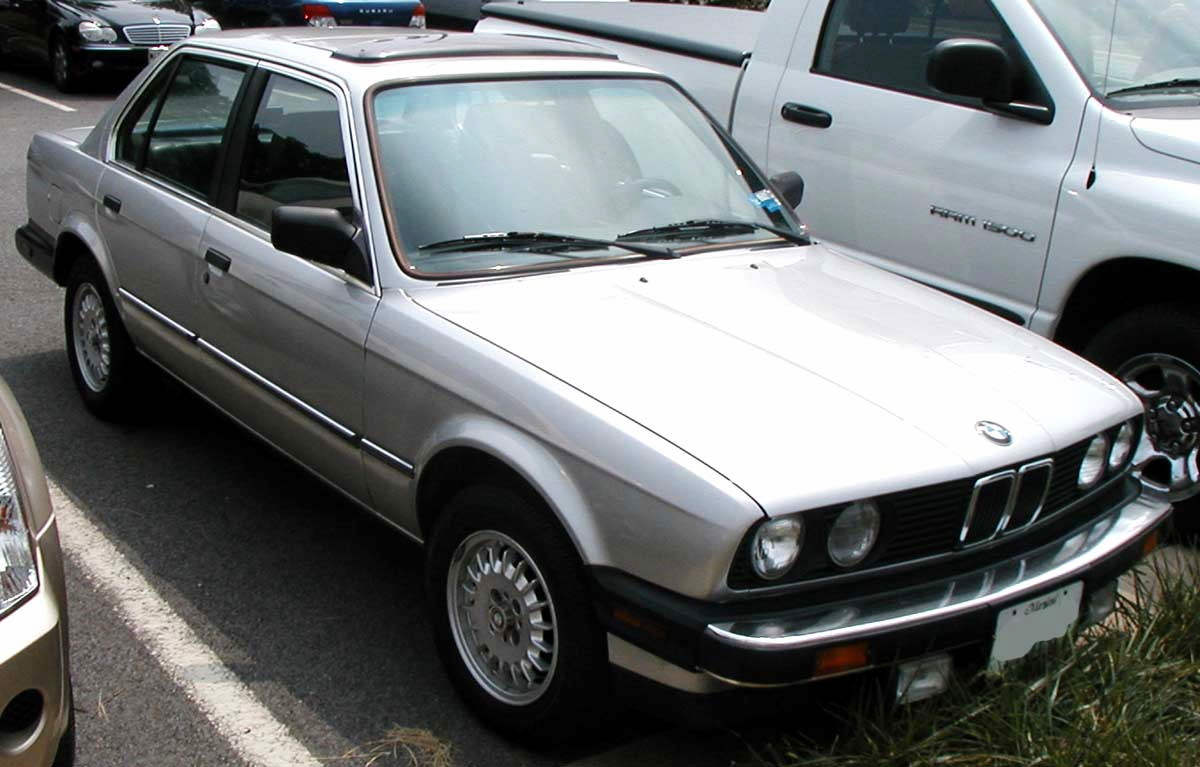
318i (1991)
The 318i was re-introduced to the US for the 1991 model year, with the brand new M42 engine, another 1.8L, but now producing 134 hp and 127 lb-ft of torque. This powerplant enabled the new 318i to hit 0-60 in 9.8 seconds, with a limited top speed of 122 mph. The 1991 318 could also be had in “is” and “ic” versions. A limited-slip differential was optional for the “is” model. The 318ic was carried an extra model year into 1992, as the E36 convertible wasn’t ready for that year.

Some people like to dismiss 318’s, and look at the 325 models as “real” E30’s. If you’re going to buy one, you should be prepared for this attitude. However, 318’s, particularly the 1991 year, are great cars, and owners are generally tight-knit and protective of their unique place in the E30 family.
325/325e (1984-1988)
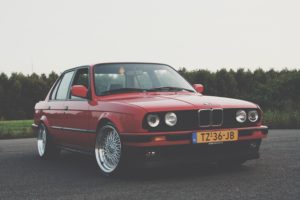
The 325/325e is the larger, 6-cylinder engine variant of the E30. Despite it’s 325 badge (typically indicating a 2.5L engine), the 325 actually displaced 2.7L. Designed as high-torque, low-rpm version of the M20 engine, the 2.7L motor produced 121 hp and 170 lb-ft of torque, with a very low 4800 rpm redline. These cars got either the “325” or “325e” badges, and are equivalent. The “e” stands for “eta” and indicates the fuel economy focus of the low-revving engine. With that focus on economy, the 325e has a mild 0-60 time of 8.4 seconds, and top speed of 116 mph.
Like the 318i, the 6-cylinder model could be had in the 325es sports trim. In addition to the 318is additions, the 325es with the limited-slip differential stock, along with power windows, sunroof, and mirrors, a premium 6 speaker sound system, an on-board computer (OBC), and central locking.
In 1988, the final year for the 325e, BMW put the newer 325i cylinder head and exhaust on the 325e block, with new pistons and ECU, creating a model now affectionately known as the “super eta.” The new head allowed the M20 engine to produce 127 hp, but still 170 lb-ft, with a slightly higher 5500 rpm redline. This resulted in slightly higher top speed of 122 mph, but no improvement to 0-60 time.
The 325e was never available as a convertible, ending it’s production run in 1988, one year after the convertible was introduced for the 318i and 325i.
325e’s are some of the most readily available, and best priced E30’s on the market now. The carry all of the same styling, handling, and luxury features available on the 325i, just with a less powerful motor. One factor to keep in mind is that eta’s were available through 1988, and so are limited to the pre-facelift bumper and trim styles.
325i (1987-1991)

The 325i is considered by many to be the quintessential E30. With hotter tuning, larger intake, exhaust, and valves, the 325i (a true 2.5L engine) produced 167 hp and 164 lb-ft of torque with a 6700 rpm redline. The 325i is a significantly sportier car, with a 7.7 second 0-60 time, and top speed of 136 mph. Aside from the drivetrain, the 325i is identical to the 325e, sharing suspension, body, interior, etc.
The 325ic was available 1987-1992, running a year later than the rest of the E30 variants (alongside the 318ic). These cars are extremely popular today, for their 325i performance, and classic 80’s convertible styling.
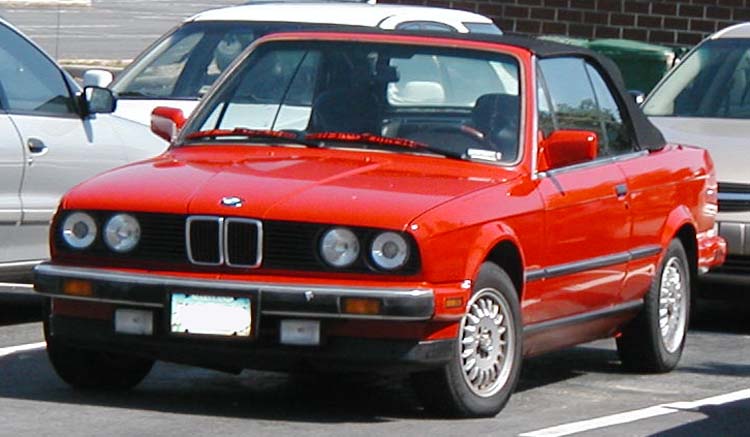
The 325ix was BMW’s first sport-car venture into AWD, to compete with Audi’s Quattro system. While sharing most body and interior components with the other E30 models, the AWD system required drastic changes to drivetrain, suspension, and even the chassis. The front shock towers were pushed forward, and the transmission tunnel widened (which will cause issues trying install a normal E30 carpet, ask me how I know.) The drive train was completely overhauled, with front strut housings/hubs changed to accept the front driveshafts, transmission changed to mount to the center transfer case, and 3.93 ratios in both front and rear diffs. The rear diff was also changed from an optional clutch pack LSD to viscous coupling LSD. The engine block was changed, reversing the oil pump rotation, in order to accommodate the new oil pan, with mounts for the front diff, and one front drive shaft actually running right through the center of the pan. The 325ix also had unique fender flares and side skirts.
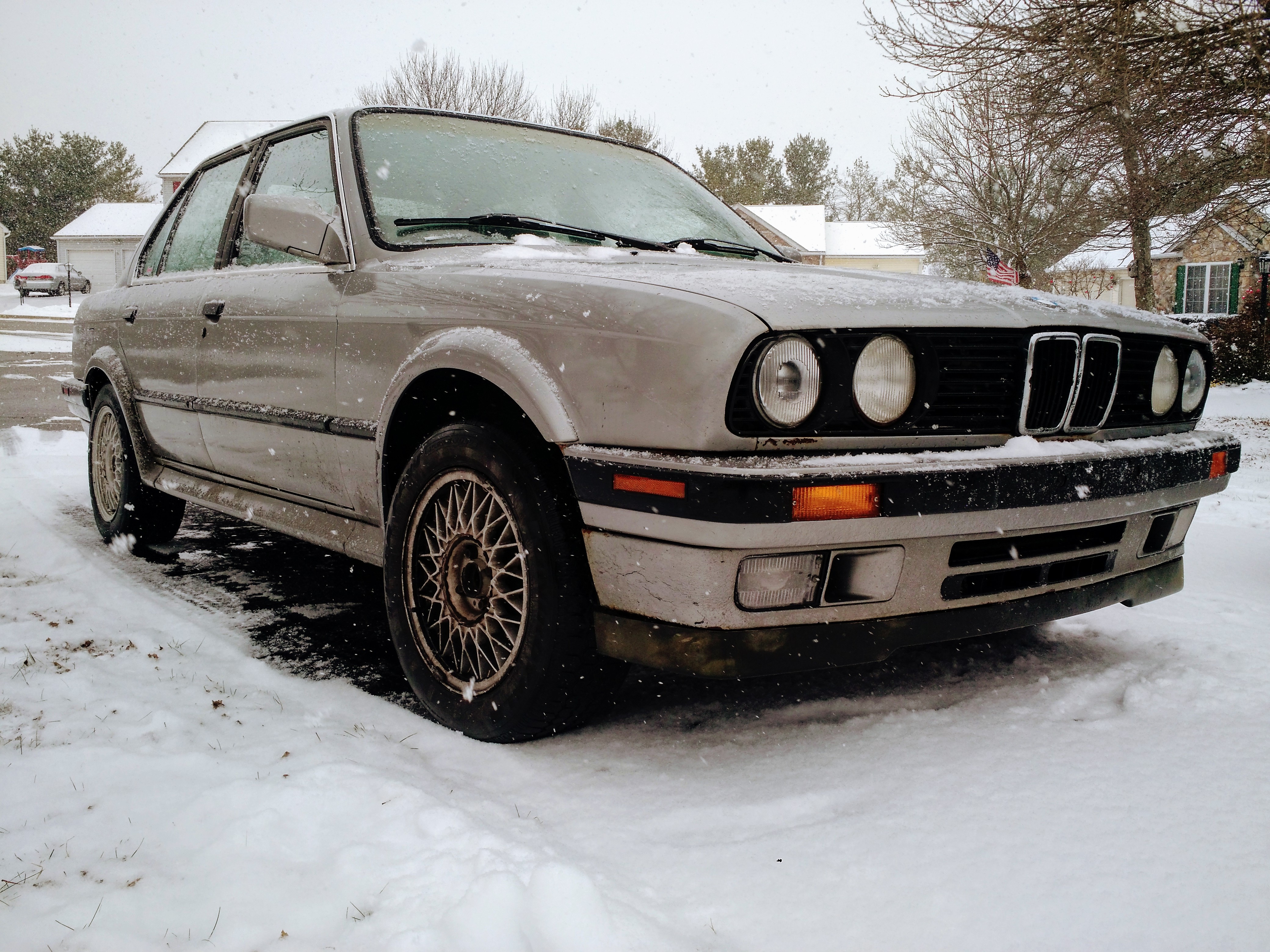
While slightly slower in acceleration (0-60 in 7.9 seconds instead of 7.7), the 325ix is a foul-weather monster, eating up rain and snow with style. There are few cars more enjoyable to drive in a couple inches of snow. The viscous coupling will allows the rear wheels to break loose, but then smoothly locks to a max 37%/63% front rear power distribution, meaning the front wheels will start clawing the snow as well, making an incredibly smooth, throttle controlled power slide. With good winter tires, we’ve driven a 325ix home from work in blizzards and 6″ inches of snow, and not only made it home safe, but had an incredible time getting there.
M3 (1988-1991)
The M3 is the most famous E30 produced. This car defined Group A racing in the late 80’s, and as the first of the “M” cars, set BMW’s trajectory of touring racing success for years. The M3 is a completely different car than the rest of the E30’s, sharing very few common parts. The M3 has a modified unibody, flared fenders in front and back, different front and rear valances and spoilers, etc. It utilized the S14 engine, a 2.3L 4-cylinder based on the M10 engine. Off the showroom floor, it made 192 hp and 170 lb-ft of torque, enabling 0-60 times of 6.9 seconds and a top speed of 143 mph. However, the real purpose of the M3 was to participate in Group A racing. Boosted to it’s maximum ability, the S14 could make nearly 300 hp, which led it to become of most successful touring cars in history. Books have been written on the racing pedigree of the E30 M3 (and some are worth a read!).
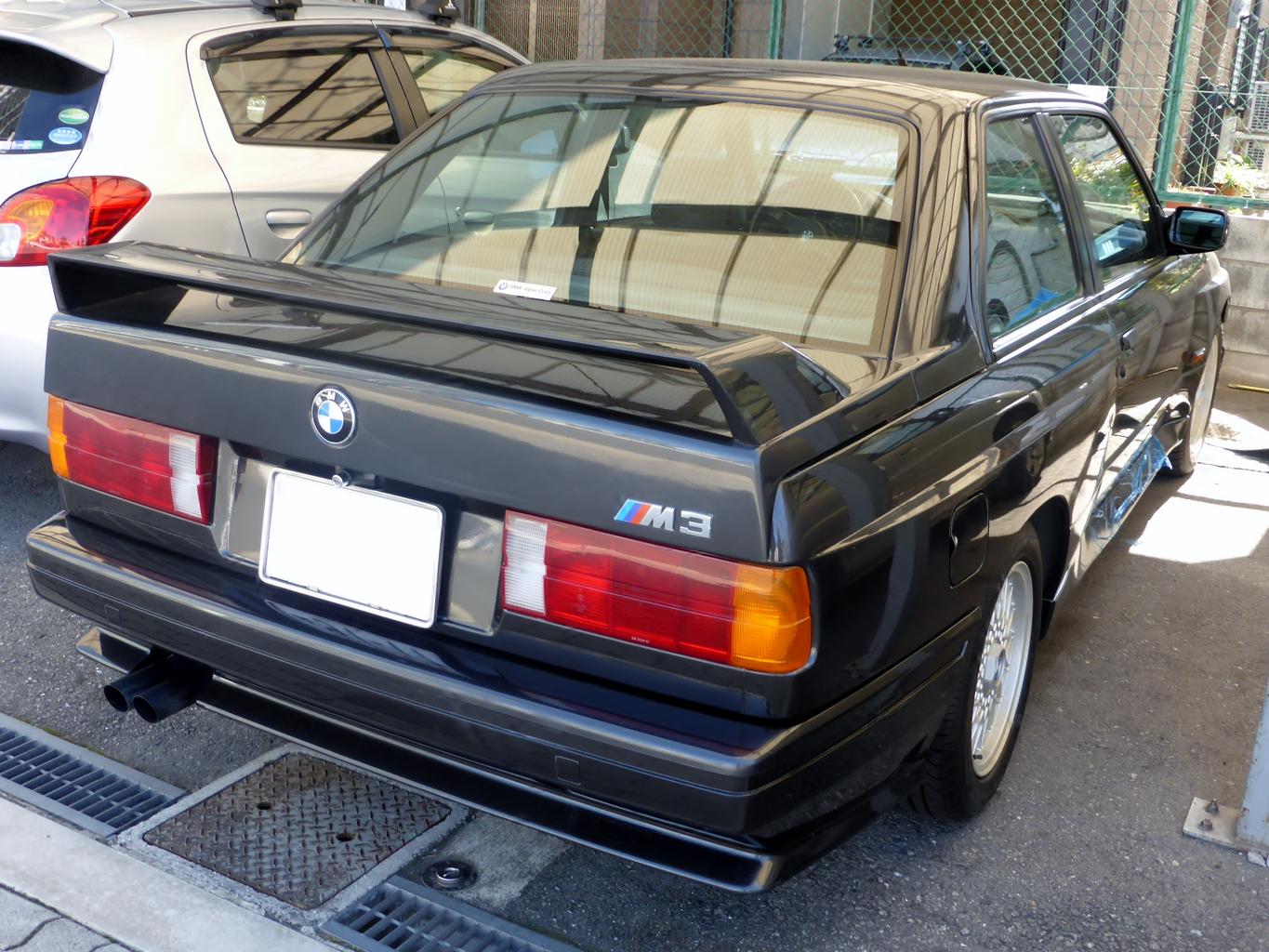
Due to their racing history, and the rising popularity of older German cars, M3’s have recently become astronomically expensive. They are incredible cars, but realistically out of the normal buyer’s price range for the foreseeable future.
Summary
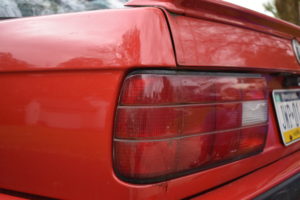
So which E30 is right for you? With the number of different bodies, engines, and trim levels available, you have a huge selection available to you. Which one fits your tastes, budget, and desire for work is really up to you. Do you want the easily accessible fun of a 318i or 325e, or are you looking for the 170 hp pep of a 325i? Is a 2-door coupe your style, or will you regularly have passengers or luggage in the back seat that make the 4-door more realistic? Do you prefer to row a 5-speed and pretend you’re racing with every heel-toe into a corner, or would you rather get in the car and hit the gas with an automatic?
Prices on E30’s are all over the place. Right now, it’s completely reasonable to pick up a 325i in pretty good shape for around $5000. However, a low mileage, rust free, or fully restored car could push upwards of $8000. Something that needs some work or has an R-title could be as low as $2500. Model and trim level will all have significant impacts on price as well, with early 318i’s being on the low end, 325is’s at the high end, and M3’s in trust-fund territory. Region plays a role in price as well, so do some serious searching on Craigslist and Facebook, and the E30 forums (primarily R3VLimited) to detemine what’s a reasonable price for the model you want.
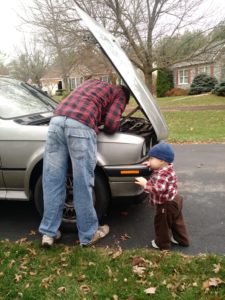
Another factor to consider is how much work you’d like to do. Owning an older car means that things will eventually age or break. Fuel lines dry rot, vinyl and leather crack, sensors go bad, electrical gremlins come out, and squeaks and clunks start to occur. That’s the reality of E30 ownership. If you like to work on your car, an E30 will give you plenty of opportunities. That being said, they are great cars to work on. With a basic set of tools, you can just about take one apart and put it back together again. Most parts are readily available and not overly expensive, and there’s a huge market for used parts on the forums, Craigslist, Facebook, and eBay.
Another benefit to working on your own E30 is that, with the cross-compatibility of nearly all parts, you can just about turn your car into any model or trim level you want. You’re car didn’t come with premium stereo? You can buy the parts and swap them in. You have an auto transmission but you want a manual? You’re in for a long weekend, but you can swap it. If you’re ambitious, you can even make late-style bumpers fit on an early car. There’s really very little limit to what you can change or upgrade on the car if you’re willing to get you’re hands dirty.
All these things and more can play into your decision about which E30 to buy. One thing is for sure: E30’s of all shapes and sizes are awesome cars, and you should get one. This site exists to help you work on your E30. If you’ve browsed the How-To’s (if you haven’t, go do it!), hopefully you’ve seen that the work is completely doable for a home mechanic. We’ve owned these cars for years, and to date, everything that’s documented in the How-To section is work we did either in our driveways or garages at home. If we can do it, you can do it. So go buy an E30, come back here, and we’ll help you keep it on the road for years to come.

